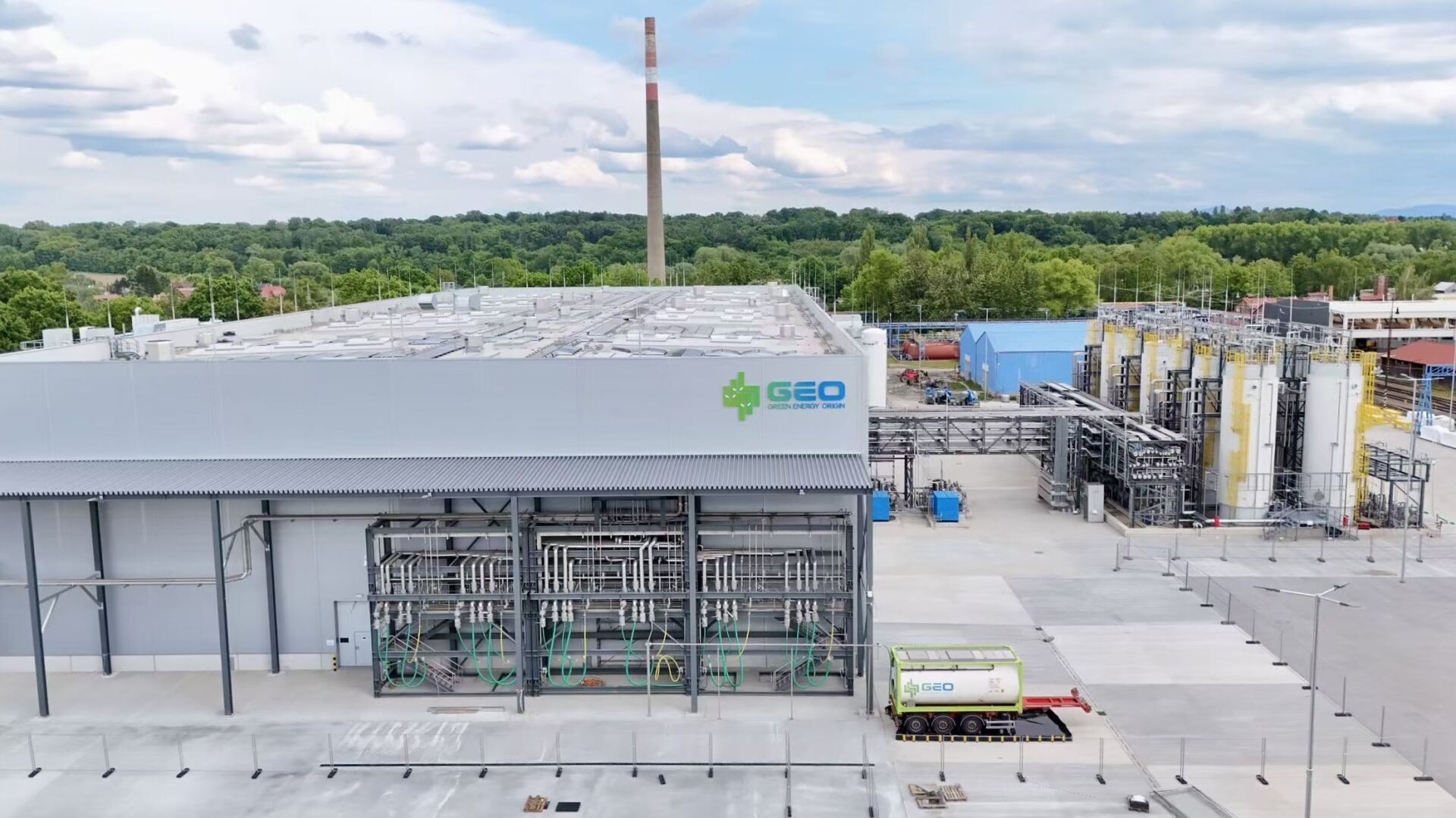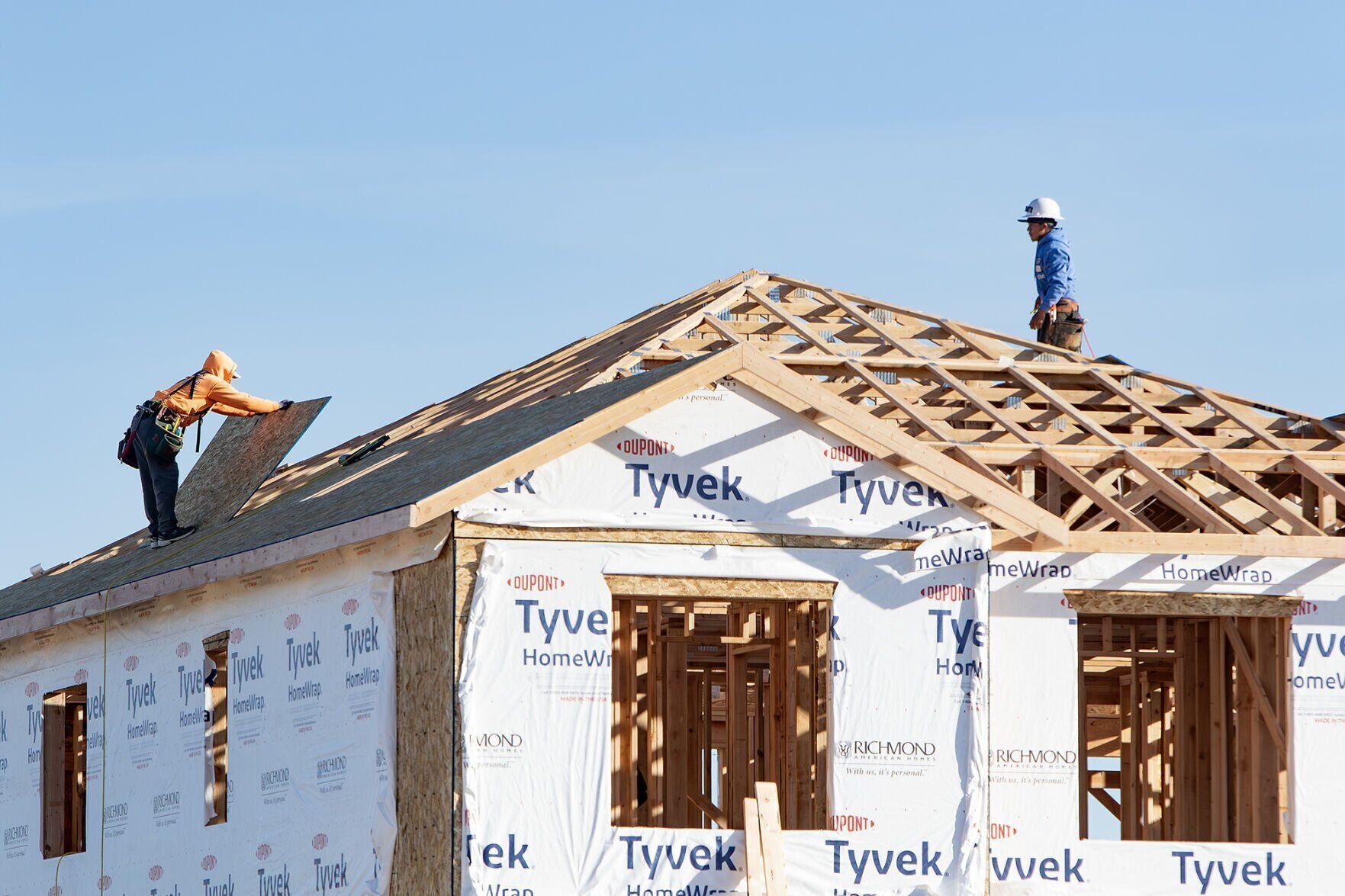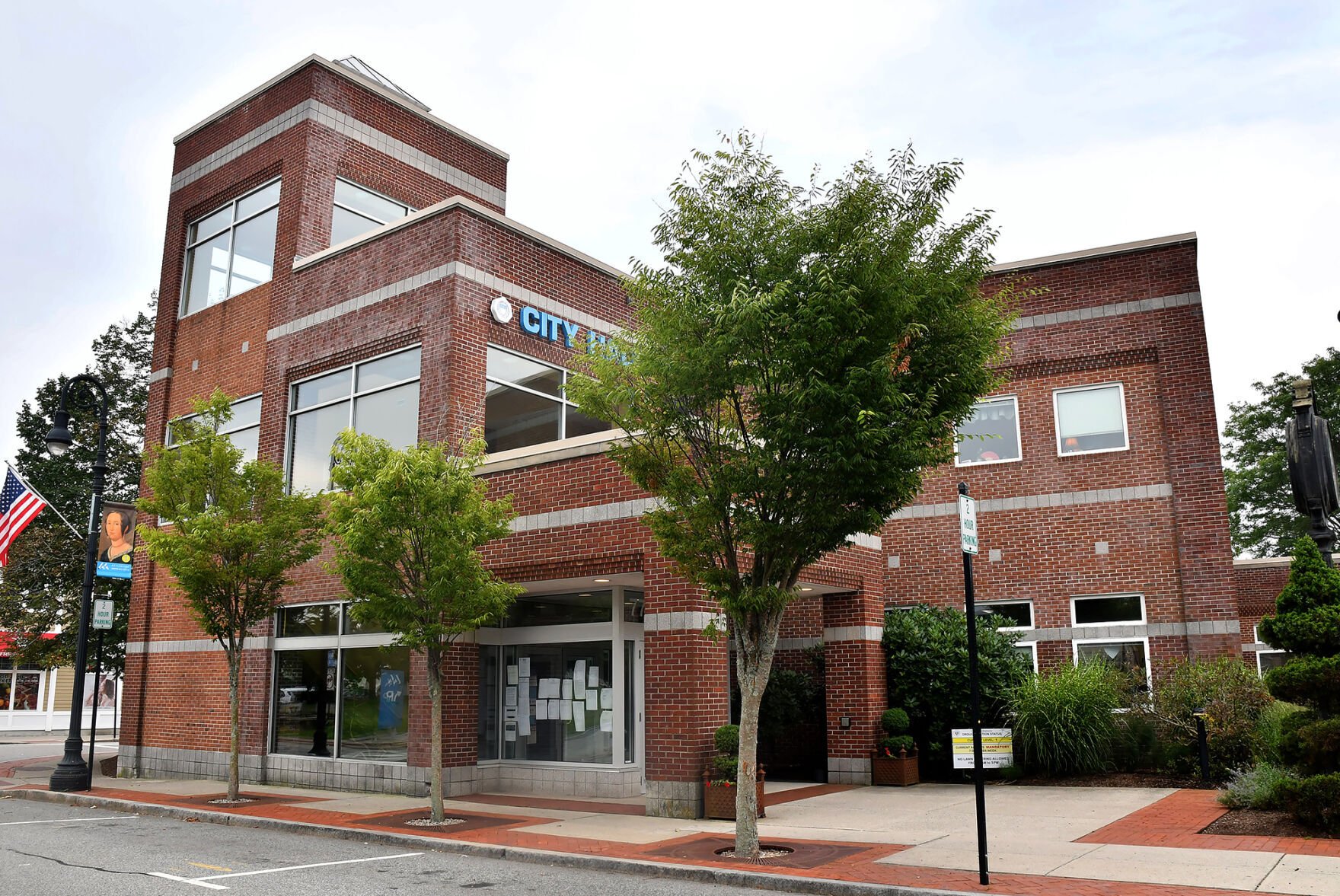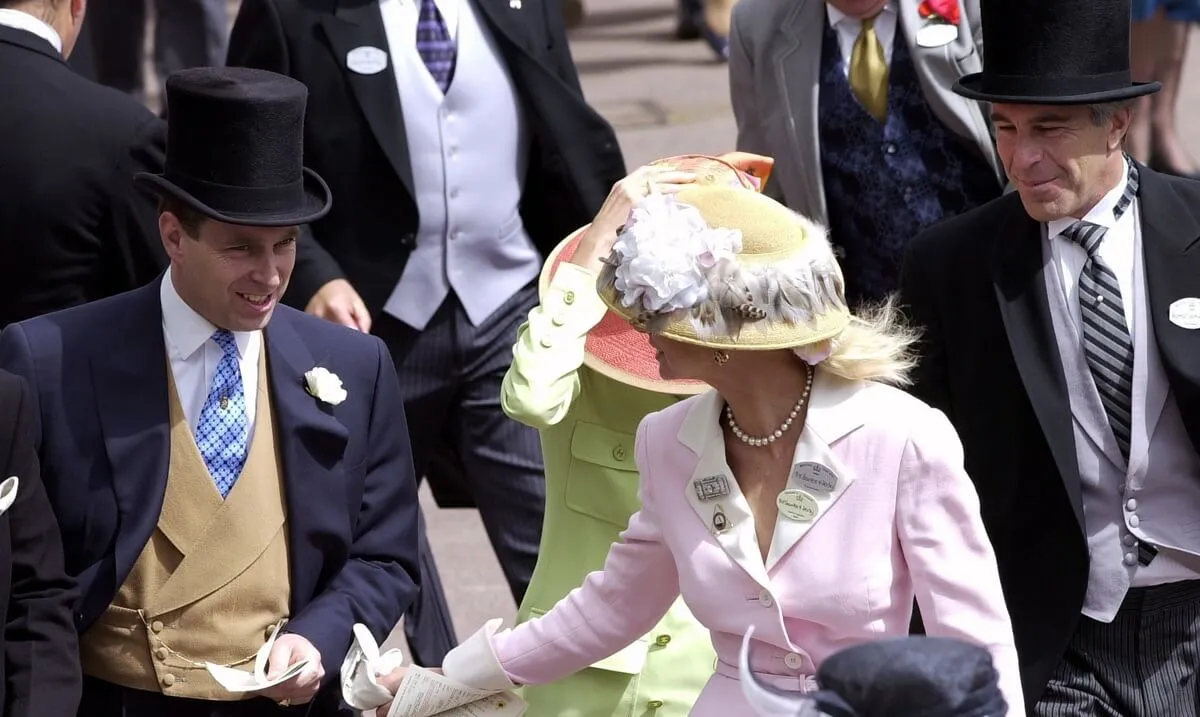A sweeping $200 million renovation at the White House, funded in part by President Donald Trump himself, has sparked widespread criticism. Observers and analysts warn that the construction of a new ballroom and partial demolition of the East Wing jeopardizes the nation’s historical integrity.
‘Heritage demolished’: Trump blasted over shocking White House demolition for new ballroom
Key Takeaways:
- The White House remodel includes a $200 million project for a new ballroom.
- Funding is provided by private interests, including Trump.
- Critics label the renovation “an abomination” and question its impact on American heritage.
- Observers used social media to voice outrage at the plans.
- Some highlight broader concerns about national priorities while funds go to a lavish upgrade.
The Renovation Announcement
President Donald Trump announced on Monday that crews have officially broken ground on a major White House renovation project he introduced over the summer. At the center of this initiative is the construction of a new ballroom, which the president claims will cost taxpayers nothing. Instead, Trump stated in a Truth Social post that private interests—himself included—are footing the estimated $200 million bill.
Funding and East Wing Upgrades
According to Trump’s post, no public funds will go toward the initiative. The renovation does not stop at the ballroom, however; the project also includes upgrades to a section of the East Wing. The specific details of the modifications remain largely unpublicized, but critics worry about the potential loss of historical character in this part of the building.
Public Outcry on Social Media
A growing chorus of critical voices has emerged on social platforms, objecting to the White House overhaul. Journalist Ron Filipkowski took to Bluesky, calling it “a desecration and an abomination.” In a post referencing Trump’s recent online antics, Filipkowski wrote, “First he posts an AI video of himself wearing a crown dumping s— on the heads of Americans, then he starts tearing down part of the White House for his Mar-a-Lago style ballroom.”
Similarly, columnist Jill Lawrence shared her dismay: “The metaphorical aspects of this are tragic. Our heritage demolished before our eyes.” Political activist Jess Piper also found fault with the renovation’s priorities, noting, “He’s spending millions for a ballroom while American soldiers go without pay…” Law professor Jen Taub added a reminder: “Note: It is not ‘his’ ballroom.”
Preserving History or Building Legacy?
The White House stands as one of the most iconic buildings in American history. Critics argue that the demolition of any portion of its original structure for a large ballroom undermines its historical and cultural significance. While supporters of the renovation might hail this as a leadership decision that modernizes the executive residence, the objections strike at the heart of whether such modernization efforts diminish the symbol of American government.
The contrast between preserving tradition and forging a new legacy remains one of the most heated debates surrounding this project. Even as the construction advances, commentators continue to question the messages such lavish improvements may send regarding priorities and the stewardship of a national landmark.
Looking Ahead
The White House renovation is still in its early stages, with no official timeline for completion. For now, critics remain steadfast in their condemnation, and supporters continue to defend the project as a privately funded endeavor that helps maintain the grandeur of America’s most influential home. As construction progresses, the clash between modern upgrades and historic reverence is likely to fuel further debate.











